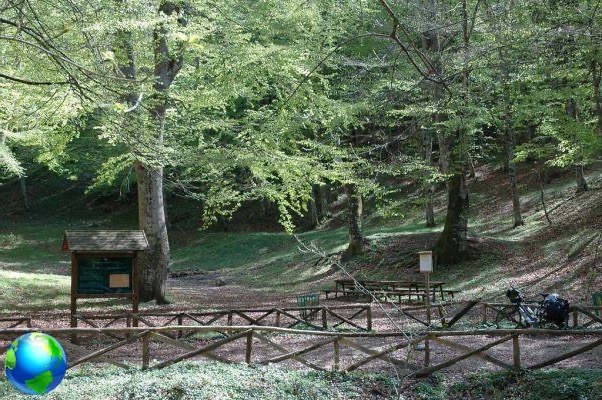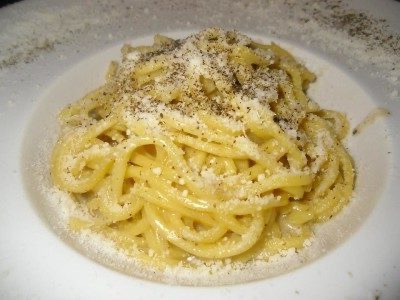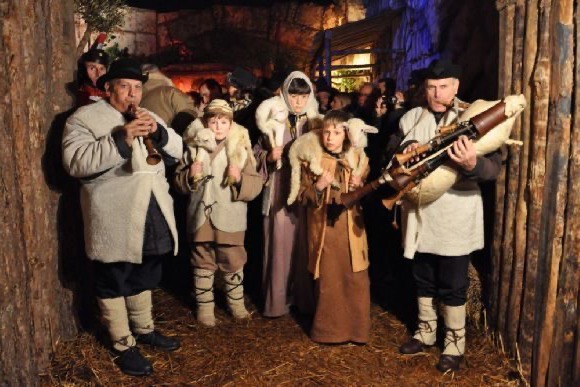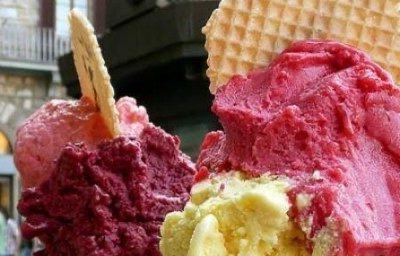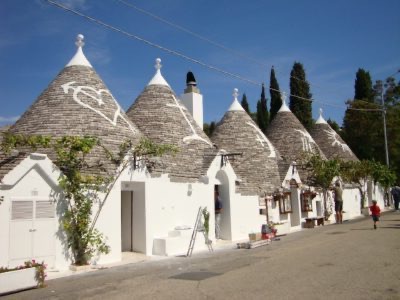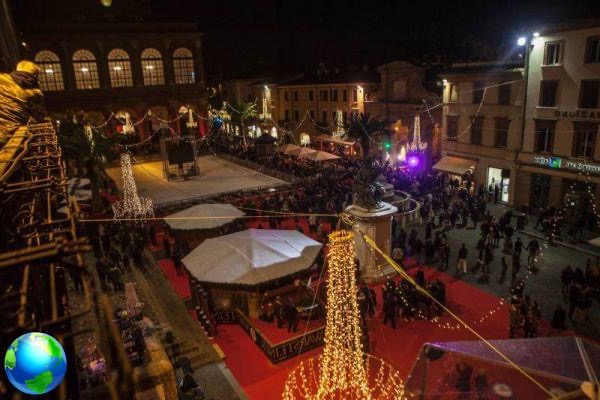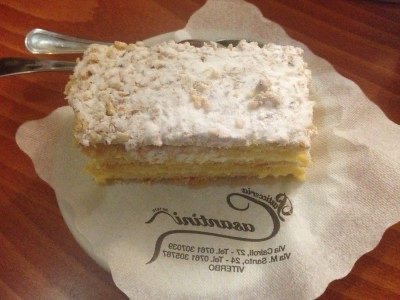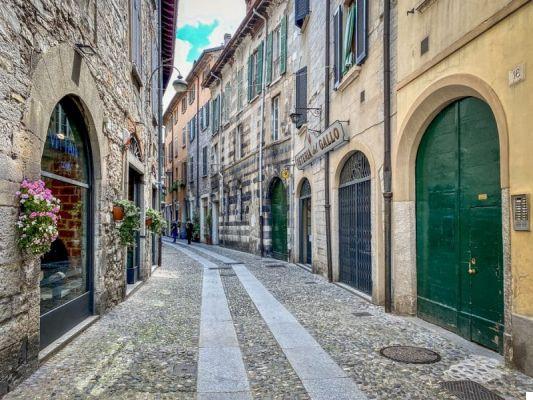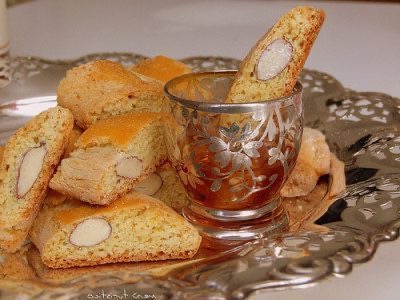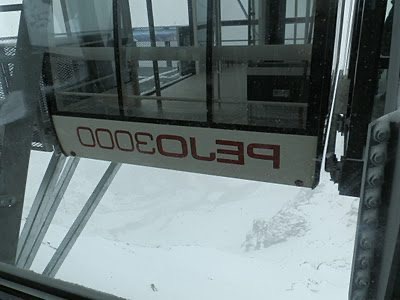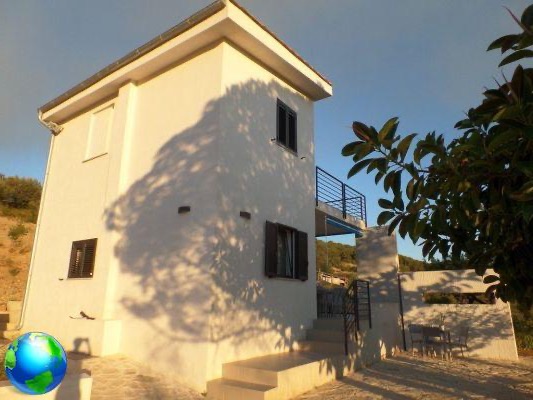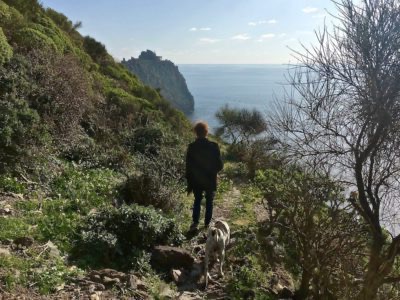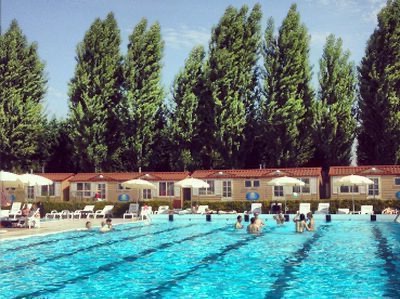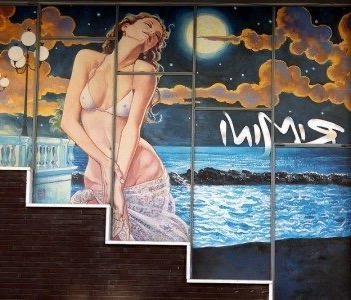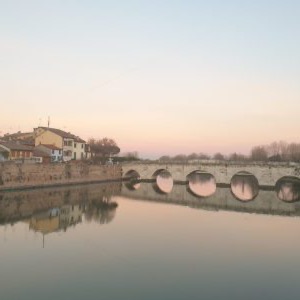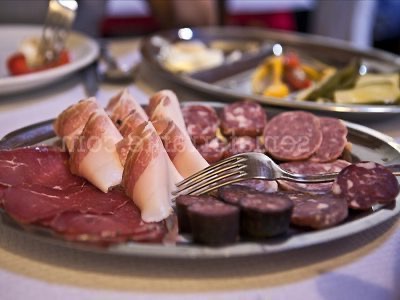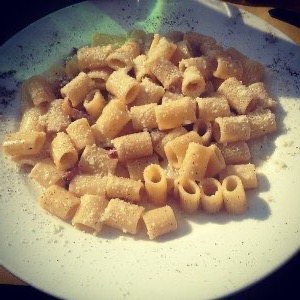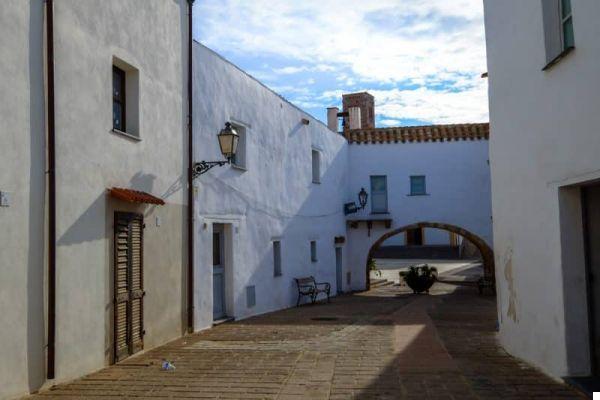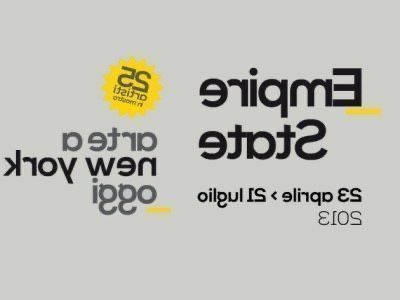All the traditions of Easter in Rome, Easter Monday, what you eat and put on the table, religious traditions and even the goliardic ones, all in the post.
Spend the Easter in the Eternal City it is undoubtedly an excellent opportunity to enjoy the mild spring climate and at the same time to discover the Roman traditions typical of this religious festival. In addition to the classics 5 things to do at Easter in Rome, there are many others.
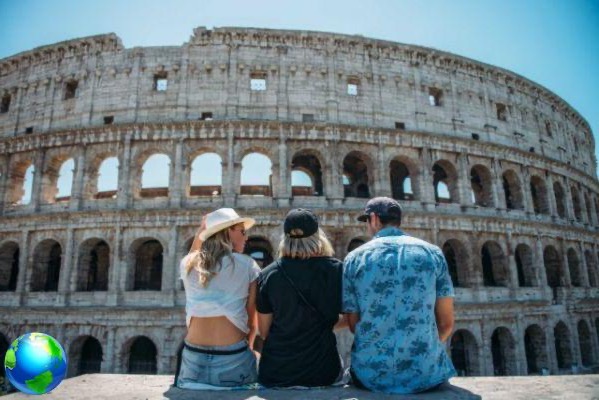
Spring in this period is usually just around the corner or has just blossomed, depending on the season. The sky of Rome is tinged with blue and the testimonies of the glories of its past stand out clearly on this intense sky giving photographic glimpses of great value. Moreover walk it is really pleasant, and indeed if you are lucky you can even sunbathe in a corner sheltered from the wind wearing only a t-shirt.
The arrival of summer in fact awakens the desire to go outside and to explore the green areas of the city rather than making a nice one trip out of town in one of the many parks that surround Rome, or even enjoying the first rays of the sun at the sea.
Easter is a religious festival of great depth but every occasion is good for partying and the Romans, as we know, are revelers. Celebrating an anniversary in Rome (and in general throughout Italy) means above all sharing good food with family or friends. There religious tradition it is always very much felt in the capital of Christianity, even if it is undoubtedly less pervasive than the Christmas one.
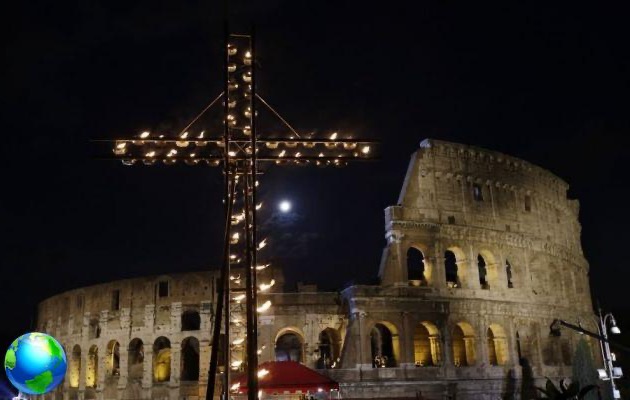
In fact, the Easter atmosphere is lighter and more carefree, but it also has some intense moments that are worth attending if you visit the city these days. The most spectacular celebratory moment is on the evening of Good Friday, during the famous ceremony of the Way of the cross.
Every year the pope himself leads an impressive and extremely exciting procession that starts from the Colosseum and arrives at the Temple of Venus, in memory of the path made by Jesus on Mount Calvary. Often it is the pope himself who carries the cross through all the stations, and believe me it is always a great moment emotional force. For the occasion, the Flavian amphitheater also comes masterfully lit with candles and torches, and the whole route is marked by suggestive stops in Rome of the ancient Palatine Hill, a truly unique spectacle and an emotional intensity that is unparalleled.
For the faithful it is certainly a very touching moment to retrace the last moments of Jesus' life, but also for non-believers the atmosphere that reigns is truly full of suggestiveness and it is still worth attending. However, be prepared for a large crowd, and if you want to see something you will have to approach the procession area several hours in advance.
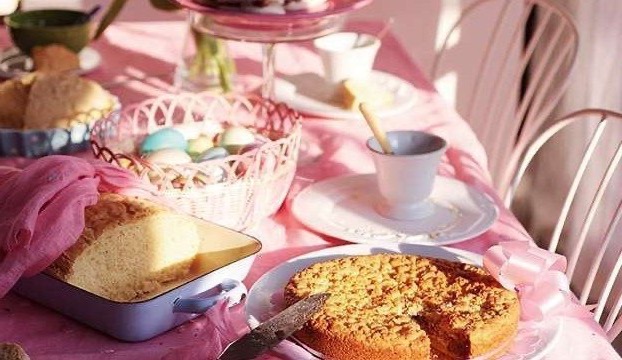
Clearly on Easter Sunday the Pontiff celebrates the solemn mass, an event of great resonance that attracts pilgrims from all over the world. Participation is obviously free but it is necessary book tickets.
If you want to do this experience, I recommend that you book your tickets well in advance at the Prefecture of the Papal Household. The Romans celebrate Easter mainly in the family. It's a sort of simplified Christmas, with less frills but with equally laid tables.
One of the best known Roman traditions is Easter breakfast. It is a very rich breakfast that includes savory and sweet dishes. Breakfast is prepared with great care and eaten with the family, often in an extended version, on Easter morning. It is not a quick snack eaten standing up but a real meal around a table carefully set and decorated with a theme.
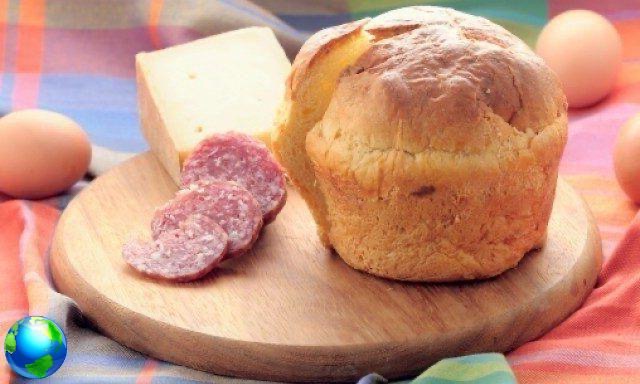
This special breakfast, so rich and abundant, originates from the need to celebrate the end of the Lenten fast. What do the Romans eat for Easter breakfast? Of everything! The classic Easter Pizza (or beaten pizza) is served either in the classic sweet version, and then it looks like a margherita cake, either in the cheese version.
The latter, an original combination of sweet and savory, is used to accompany slices of coral salami, a coarse-grained salami absolutely inevitable on Easter tables in Rome. Clearly there is no shortage of hard-boiled eggs, that many still decorate by hand, or the omelette with artichokes or with wild asparagus.
Many families also prepare different types of savory pies, often stuffed with vegetables, or the typical pasqualina cake. Traditional purists never miss the typical offal with artichokes (lamb entrails cooked in a pan), but this dish is becoming less and less popular with the new generations.
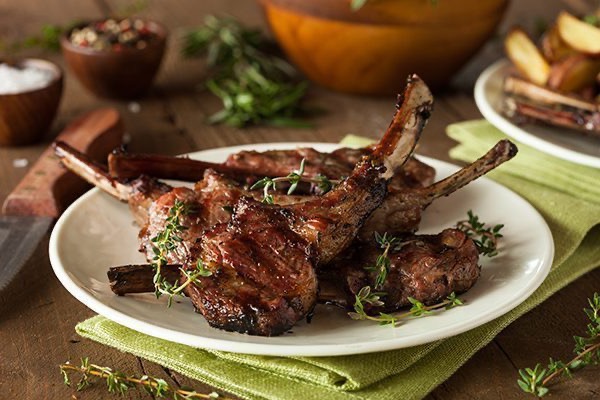
Alongside all this jubilation of food we find coffee, milk, Easter cakes of various kinds such as doves and of course chocolate eggs.
In Rome it's not Easter if there aren't these dishes: lamb, coratella, chicory and artichokes.
Dishes such as fettuccine or lasagna are also served together with other types of meat, sometimes even broth, but these are not dishes that traditionally represent Easter.
Lamb (or lamb, in Rome) is usually cooked in the oven with potatoes or on the grill, and in this case it is called lamb chops because it should be eaten hot but it burns your fingers. The lamb ribs are separated one by one, breaded and then fried, and I must admit they are a real treat.
The artichoke then, of clear Jewish origin, it is really the symbol of the Roman Easter table, and is cooked either as a side dish to the Giudia or even together with the coratella. The Easter table in Rome is therefore absolutely rich and demanding, even for the most trained stomachs.
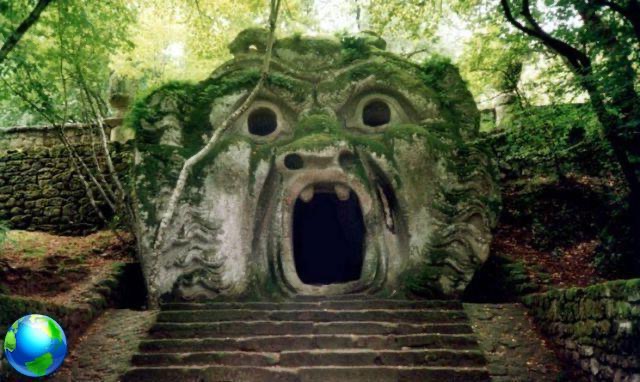
Easter Monday, also called Easter Monday, is instead the goliardic moment par excellence, where you usually meet with friends or with the widest relatives and organize solemn trips outside the city, weather permitting. The Roman Easter Monday is spent outdoors, having a nice barbecue or a picnic.
The possible destinations are many: you go from picnics in city parks, to trips to the countryside in the hills of the Roman castles, to the past day at the beach, often the prelude to the upcoming bathing season. The password on Easter Monday is to have fun.
Many places offer areas equipped for a barbecue, and entire groups are organized with tables, chairs, portable refrigerators setting tables worthy of a royal banquet.
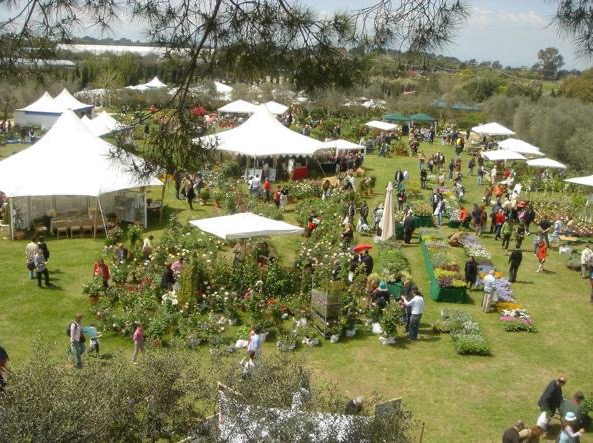
- farmhouses restaurants on this occasion they are stormed, as well as the places overlooking the sea.
Easter Monday in Rome is joy, confusion, play; there is an engaging air of celebration, thanks to spring, and it is a real joy for the eyes and the heart to walk in the midst of this cheerful confusion.
Spending a few days in Rome during Easter will give you the opportunity to admire the beauties of this wonderful city in a special moment in which the religious tradition is expressed in extremely solemn and intense moments and at the same time the "Roman spirit" is best expressed in the his overwhelming joy of celebration.




